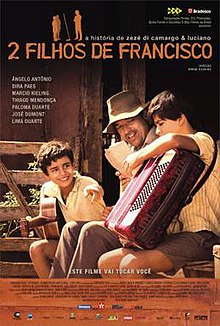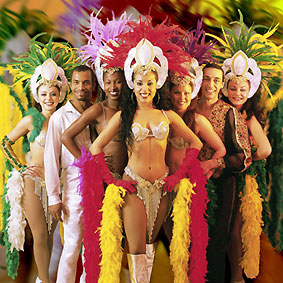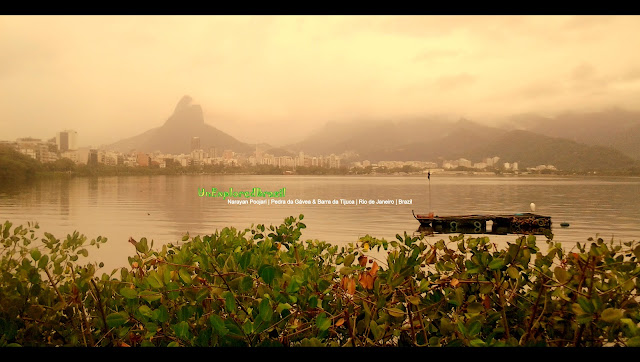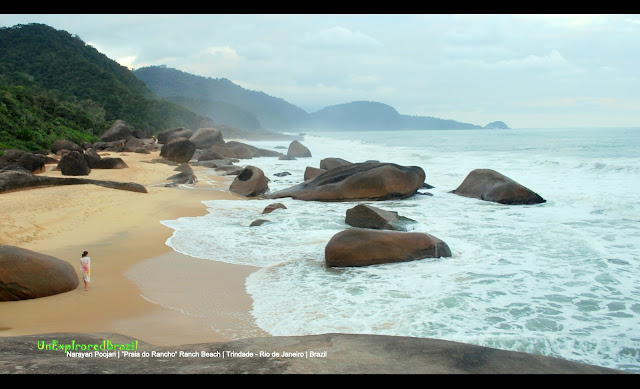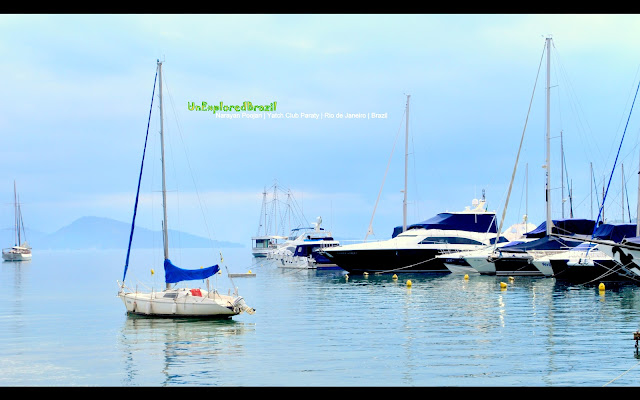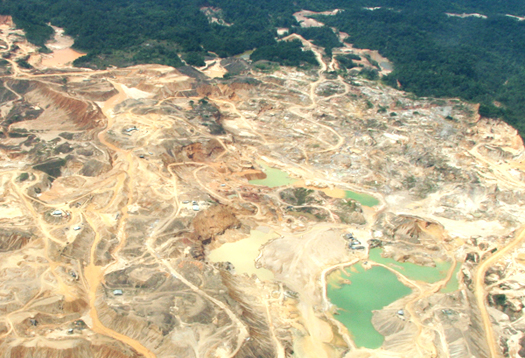Rio de Janeiro, a geographical marvel and the proud
Brazilian tourist spot, is the most visited place in the southern hemisphere. For
decades, Rio de Janeiro city is stamped as the most violent and dangerous
tourist spot in Latin America. Rio city has more than 600 slums (Favela or comunidade),
and has the biggest slum (favela) in the world. Favelas are the burning pots of
Rio's drug related activities and other organized crimes. This documentary is based on a nonviolent cultural
reform through music. The group, Afro-reggae formed in 1993, emerges from the shanty towns and their effort to nail down drug related incidents,
emphasis on education, pulling out the youths out of the drug world. An ex drug
lord Anderson Sá is the mastermind of this ever expanding project.
 The project focuses on education which includes workshops
on dance, recycling, soccer, percussion, self-awareness and more. The group aims
at using music and education to carve the lives of youth and prevent further
expansion of gang involvements. Grupo Cultural AfroReggae believes that through education, there is a greater
likelihood that adolescents will not get caught up in drugs and gang violence.
The band emphasize that the majority of the people in the favela are honest,
hardworking and innocent workers. The documentary takes through series of events
that encountered with Anderson including death threats, mob attacks, surfing
accidents and stage performances.
The project focuses on education which includes workshops
on dance, recycling, soccer, percussion, self-awareness and more. The group aims
at using music and education to carve the lives of youth and prevent further
expansion of gang involvements. Grupo Cultural AfroReggae believes that through education, there is a greater
likelihood that adolescents will not get caught up in drugs and gang violence.
The band emphasize that the majority of the people in the favela are honest,
hardworking and innocent workers. The documentary takes through series of events
that encountered with Anderson including death threats, mob attacks, surfing
accidents and stage performances.
Favela Rising is a 2005 documentary film directed by duo Jeff Zimbalist
and Matt Mochary. It was featured in across the globe and received over 36
international festival awards.
Including Best Documentary Film from the New York
Latino Film Festival and Best Feature documentary from Big Sky
Documentary Film Festival and shortlisted for Oscar
Video Trailer
Visit the websites:
http://favelarising.com/
 The project focuses on education which includes workshops
on dance, recycling, soccer, percussion, self-awareness and more. The group aims
at using music and education to carve the lives of youth and prevent further
expansion of gang involvements. Grupo Cultural AfroReggae believes that through education, there is a greater
likelihood that adolescents will not get caught up in drugs and gang violence.
The band emphasize that the majority of the people in the favela are honest,
hardworking and innocent workers. The documentary takes through series of events
that encountered with Anderson including death threats, mob attacks, surfing
accidents and stage performances.
The project focuses on education which includes workshops
on dance, recycling, soccer, percussion, self-awareness and more. The group aims
at using music and education to carve the lives of youth and prevent further
expansion of gang involvements. Grupo Cultural AfroReggae believes that through education, there is a greater
likelihood that adolescents will not get caught up in drugs and gang violence.
The band emphasize that the majority of the people in the favela are honest,
hardworking and innocent workers. The documentary takes through series of events
that encountered with Anderson including death threats, mob attacks, surfing
accidents and stage performances. Video Trailer
Full documentary
http://favelarising.com/





